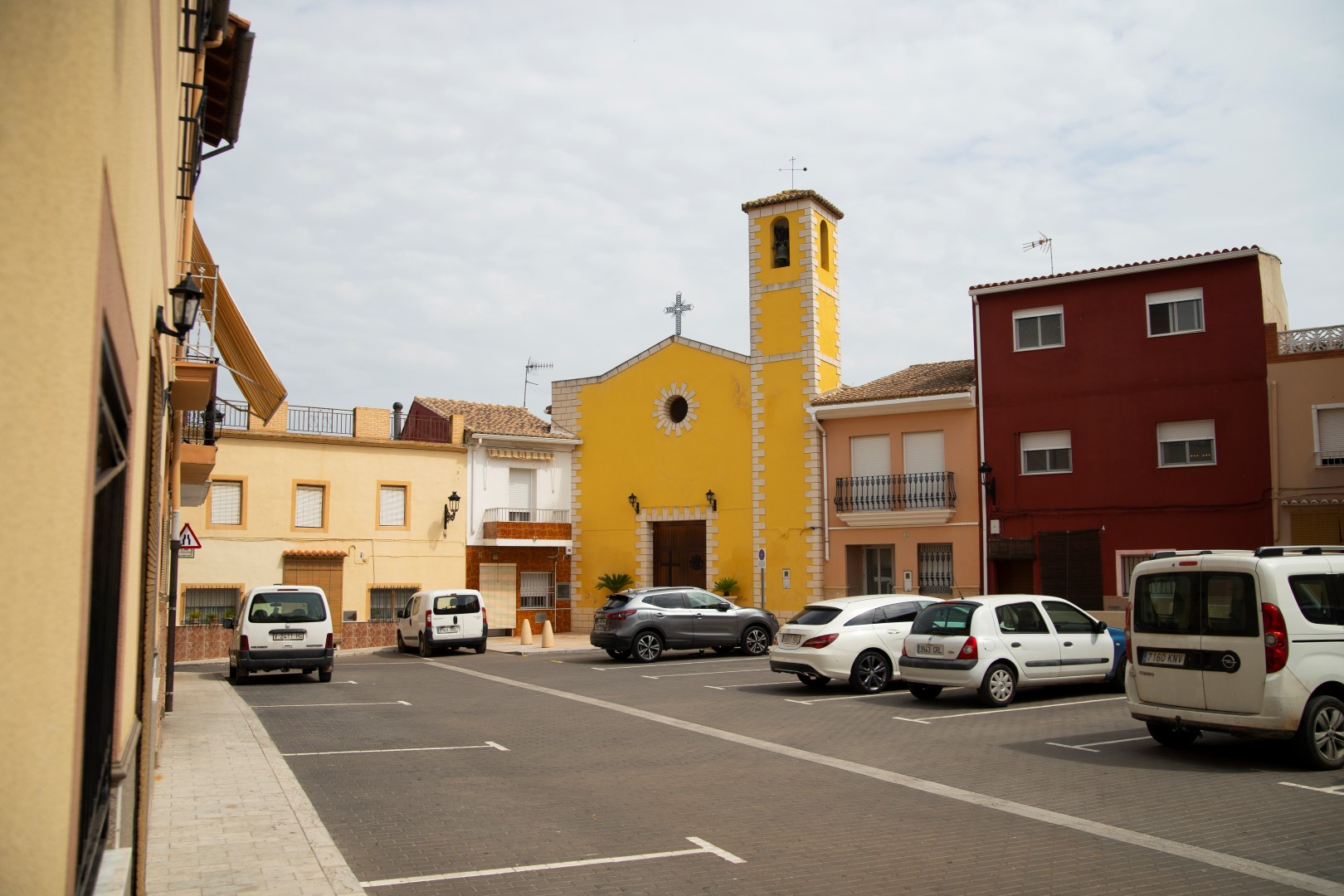Countries<Spain<Comunidad Valenciana<Sellent< Iglesia Purísima Concepción de Sellent
The origin of the population of Sellent is Moorish, as the town was a Muslim farmhouse that was established in this place around the eighth century. In 1239 the farmhouse was conquered by King James I of Aragon. The first data of the population begins in 1520, with 34 Christian houses (136 neighbors). In 1609 the farmstead was practically uninhabited with the expulsion of the Moors, and in 1616 there were only 3 occupied houses (12 residents). In 1630 it increased to 15 houses.
In 1852 there were 58 houses (200 people). At the end of the 19th century, in 1895, there were 360 people. The 20th century began with a census of 391 inhabitants. In 1910 there were already 415 inhabitants and in 1920 they increased to 447 inhabitants, reaching 552 in 1930.
It was in the decade from 1950 to 1960 when the municipality reached the maximum level of population, and all the country houses were inhabited, coinciding with the time when there was a lot of work in the agricultural work. From 1960 onwards it suffered a loss of population due to emigration to industrialized areas, the so-called rural exodus.
El origen de la población de Sellent es morisco, ya que el pueblo era una alquería musulmana que se estableció en este lugar hacia el siglo VIII. En 1.239 fue conquistada la alquería por el rey Jaime I de Aragón. Los primeros datos de la población comienzan en 1520, con 34 casas de cristianos (136 vecinos). En 1609 quedó prácticamente deshabitada la alquería con la expulsión de los moriscos, y en 1616 tan solo había 3 casas ocupadas (12 vecinos). En 1630 aumentó a 15 casas.
En 1852 había 58 casas (200 personas). A finales del siglo XIX, en 1895, había 360 personas. Comenzó el siglo XX con un censo de 391 vecinos. En 1910 eran ya 415 y en 1920 aumentaron a 447 habitantes, pasando a 552 vecinos en el año 1930.
Fue en la década de 1950 a 1960 cuando el municipio alcanzó el máximo nivel de población, y la totalidad de casas de campo estaban habitadas, coincidiendo con la época en que había mucho trabajo en las labores agrícolas. A partir de 1960 sufre la pérdida de población por la emigración hacia las zonas industrializadas, el llamado éxodo rural.
